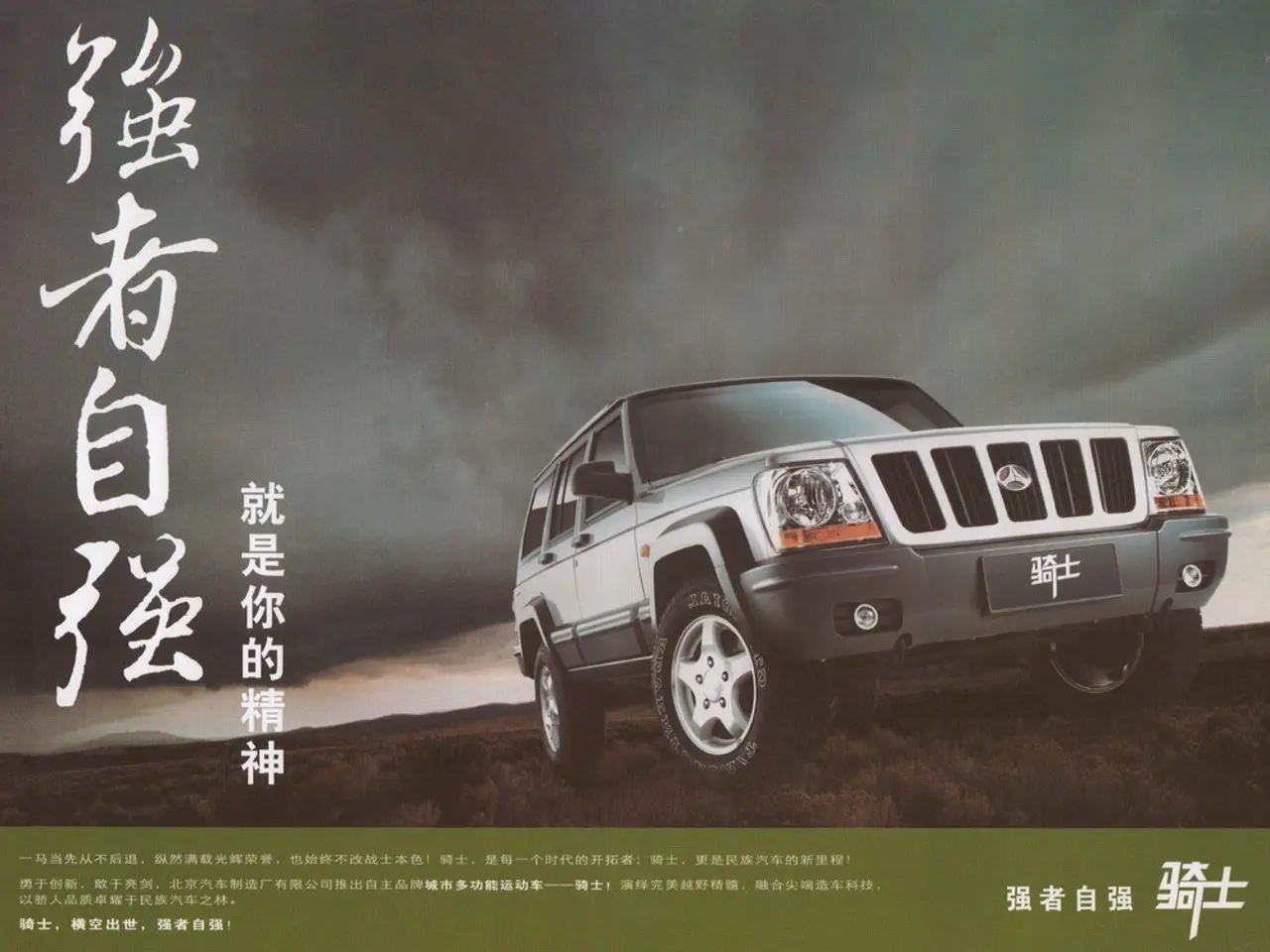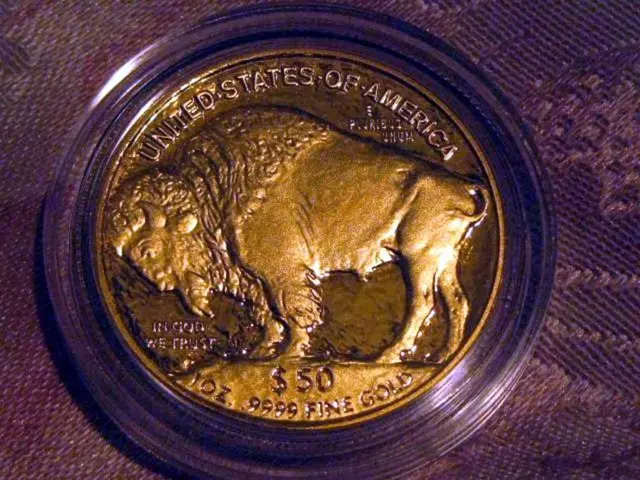Factory prices in China wavered from projections in July, fueling ongoing concerns about deflation.
In a surprising turn of events, China's consumer prices remained unchanged in July, bucking the predicted 0.1% slide. This stability comes after food prices fell 1.6% in July, following a 0.3% decline in June [1]. However, China's core inflation, excluding volatile food and fuel prices, rose to 0.8% in July, marking the highest in 17 months [2].
The ongoing decline in factory-gate prices, which has been ongoing for more than two years, can be attributed to several key factors. Excess industrial capacity, subdued domestic and global demand, and the impact of tariffs on exports have been the main contributors to deflationary pressures in China's economy [3].
Chinese authorities are addressing these challenges primarily through policies aimed at reducing overcapacity in key sectors and implementing stimulus measures to support demand. The Central Committee for Financial and Economic Affairs, led by President Xi, has announced plans to promote an orderly exit of "backward" production capacity, targeting overcapacity particularly in autos, solar panels, chemical industries, plastics, and steel [4].
Moreover, Chinese policymakers have room to deploy further stimulus measures to boost demand, including supporting bank lending to state-linked firms and incentivizing production efficiency rather than just volume. These stimulus measures aim to sustain GDP growth and bolster consumer confidence, though consumer spending remains fragile [1][3][5].
The reduction of some tariffs and ongoing dialogue with trade partners may help ease demand shocks in export markets, which is crucial to reversing deflationary pressures tied to weaker external demand [2][5]. Some analysts see signs of easing deflationary pressure in the latest PPI data, with the producer price index (PPI) shrinking 0.2% on a month-on-month basis in July, improving from June's 0.4% drop [6].
However, it is unclear if the current economic data signifies the end of deflation in China. Zhiwei Zhang, chief economist at Pinpoint Asset Management, expressed uncertainty about the end of deflation in China [7]. The property sector has not yet stabilized in China, and the labor market remains weak [8].
Despite these challenges, China's economy continues to be primarily supported by external demand, not domestic consumption [9]. The latest round of industrial restructuring is a pared-down version of the supply-side reforms launched a decade ago [10]. Extreme weather conditions, including sweltering heat and heavier-than-usual downpours, added to economic strain in China [11].
In conclusion, deflationary pressures in China arise from a structural and policy-driven overcapacity combined with weak domestic demand and strained global trade conditions. Chinese authorities are tackling these issues through industrial capacity cuts, targeted stimulus, and efforts to stabilize trade relations to restore price stability and balanced growth.
References: [1] Xinhua. (2021, August 10). China's consumer prices unchanged in July. Retrieved from https://www.xinhuanet.com/english/2021-08/10/c_139935664.htm [2] Reuters. (2021, August 10). China's core inflation rises to 17-month high in July. Retrieved from https://www.reuters.com/business/chinas-core-inflation-rises-17-month-high-july-2021-08-10/ [3] Bloomberg. (2021, August 10). China's Economy Faces a New Kind of Deflation. Retrieved from https://www.bloombergquint.com/onweb/chinas-economy-faces-a-new-kind-of-deflation [4] South China Morning Post. (2021, August 10). China to speed up exit of 'backward' production capacity, Xi says. Retrieved from https://www.scmp.com/economy/china-economy/article/3142183/china-speed-up-exit-backward-production-capacity-xi-says [5] Financial Times. (2021, August 10). China's trade tensions and weak demand hit factory-gate prices. Retrieved from https://www.ft.com/content/349c5f46-b329-44a5-864d-6499e9320e0c [6] Caixin Global. (2021, August 10). China's Producer Prices Post First Monthly Gain in More Than a Year. Retrieved from https://www.caixinglobal.com/2021-08-10/chinas-producer-prices-post-first-monthly-gain-in-more-than-a-year-101743482.html [7] Bloomberg. (2021, August 10). China's Zhiwei Zhang Says End of Deflation Is Unclear. Retrieved from https://www.bloombergquint.com/quicktake/chinas-zhiwei-zhang-says-end-of-deflation-is-unclear [8] South China Morning Post. (2021, August 10). China's CPI remains unchanged in July, defying expectations of a slight drop. Retrieved from https://www.scmp.com/economy/china-economy/article/3142184/chinas-cpi-remains-unchanged-july-defying-expectations-slight [9] Financial Times. (2021, August 10). China's economy is still primarily supported by external demand, not domestic consumption. Retrieved from https://www.ft.com/content/8a109b69-b8d8-4b29-88d9-33f6368f83c8 [10] Caixin Global. (2021, August 10). China's Latest Industrial Restructuring Lacks Ambition. Retrieved from https://www.caixinglobal.com/2021-08-10/chinas-latest-industrial-restructuring-lacks-ambition-101743394.html [11] Reuters. (2021, August 10). China's PPI flat in July as extreme weather takes toll on economy. Retrieved from https://www.reuters.com/business/china-ppi-flat-july-extreme-weather-takes-toll-economy-2021-08-10/
- The Central Committee for Financial and Economic Affairs, led by President Xi, is considering lowering interest rates or taxes to stimulate the local industry, with the aim of mitigating deflationary pressures caused by oversupply and low inflation rates in China's economy.
- In an attempt to revitalize sectors affected by deflationary pressures and tariff-related challenges, the Chinese government is discussing the possibility of creating an IRAs (Individual Retirement Accounts) for retirees in certain industries, providing additional income and encouraging them to re-enter the workforce.








